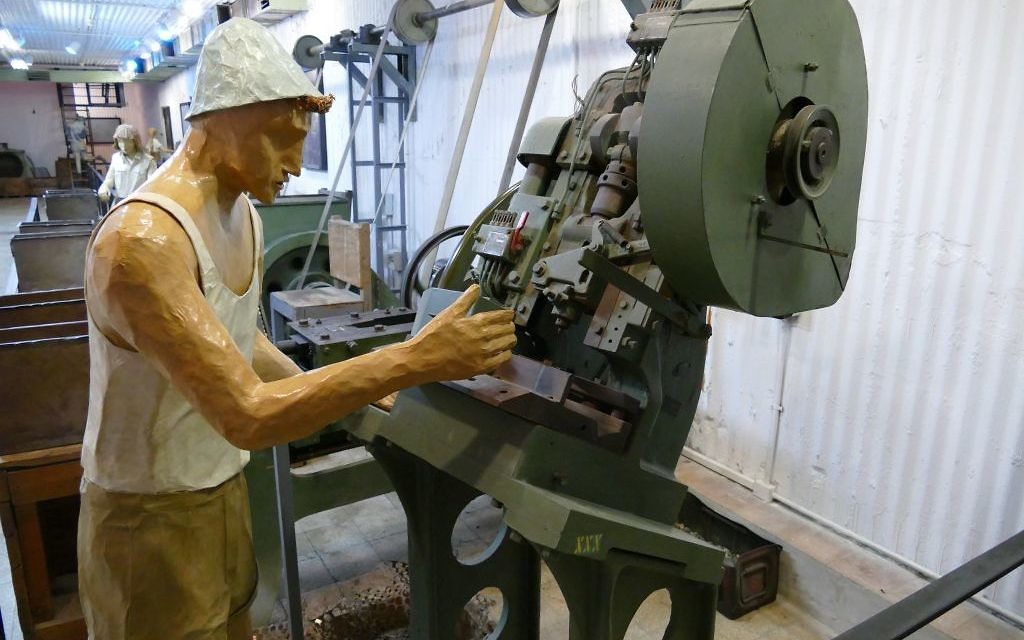Delve Into Israel’s Secret Bullet Factory
Israelis manufactured more than 2 million bullets in a secret underground factory from 1945-1948.
One of the most fascinating and secretive places from Israel’s 1948 War of Independence still exists for tourists to visit just outside Rehovot, a 40-minute drive from Tel Aviv and Jerusalem, at the site of an innocent-looking former kibbutz.
Before Israel declared independence, the leaders of the fledgling military knew they would need guns and ammunition. But under the British Mandate of Palestine, the punishment for importing arms could be death.
So they hatched a plan to make 9mm bullets for the Sten submachine gun, the personal weapon of Palmach fighters, right under the noses of the British.
Get The AJT Newsletter by email and never miss our top stories Free Sign Up
Under the guise of a new kibbutz next to a British military camp, Haganah members smuggled in bullet-making machines from Poland and dug down more than 25 feet to create an underground bullet factory.
Roughly the size of a tennis court, the factory was placed directly beneath a bakery and a laundry so that the smell and sounds of bullet manufacturing would be covered.
Yosef Avidar, who commanded the Haganah, decided to place the bullet factory next to a British camp because he thought it would be the last place they would look. The British even sent their laundry to the kibbutz and sometimes visited for the Israeli hospitality.
From 1945 to 1948, 45 young men and women worked underground all day to produce bullets. By the time Israel declared independence and the machines were moved above ground, the factory had produced over 2 million bullets and suffered no fatal accidents despite the tight quarters and explosive ammunition.
The operation was so secretive that almost no one on the kibbutz knew a bullet factory was under them, not even the women who worked in the laundry and bakery. The 45 factory workers, who were supposed to be in the fields picking fruit, took turns sitting under a primitive tanning bed to make it look like they’d been in the sun all day.

Avidar and the other Haganah leaders thought of everything. Carpentry and metal shops were built around the laundry to cover for the oil stains and metal scents. They even plugged the bullet factory into the British power source so their substantial use of electricity wouldn’t be detected.
The bullets were smuggled out in milk cans and later in the compartments of fuel trucks.
The underground bullet factory reopened as a museum on Israeli Independence Day in 1986 after a full restoration. Today it is known as the Ayalon Institute and is open to the public.
A visit to the museum includes a short film and a tour of the bullet factory.
Entering through a secret trapdoor underneath a large washing machine that leads to a steep metal staircase, visitors walk past the original ammunition production machinery and see where the bullets were tested on a small shooting range just steps away from stores of gunpowder.
Visitors exit through a secret staircase that leads to the bakery, which provided clean air for the factory through pipes concealed by the furnace.
The bullet factory was essential to Israel’s victory in the War of Independence and to the creation of modern-day Israel. It is well worth a visit.






comments